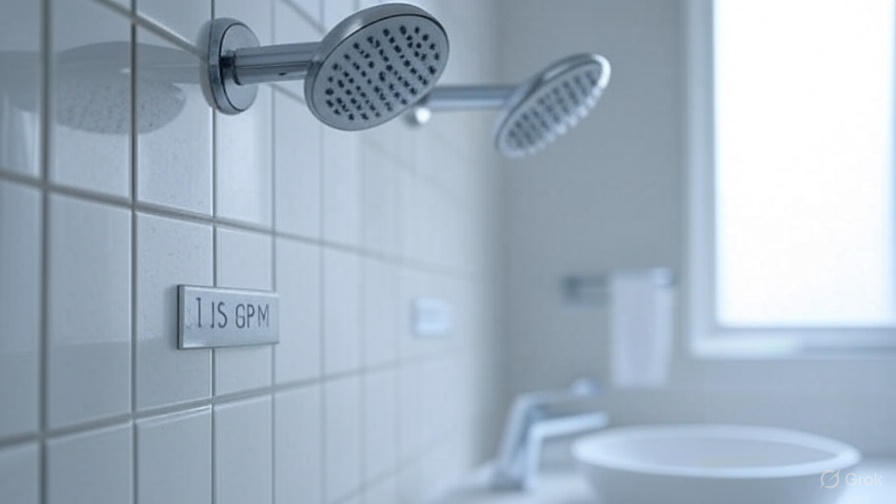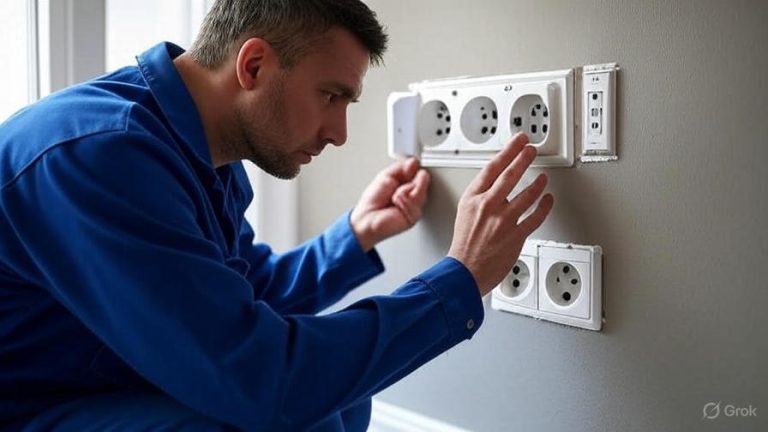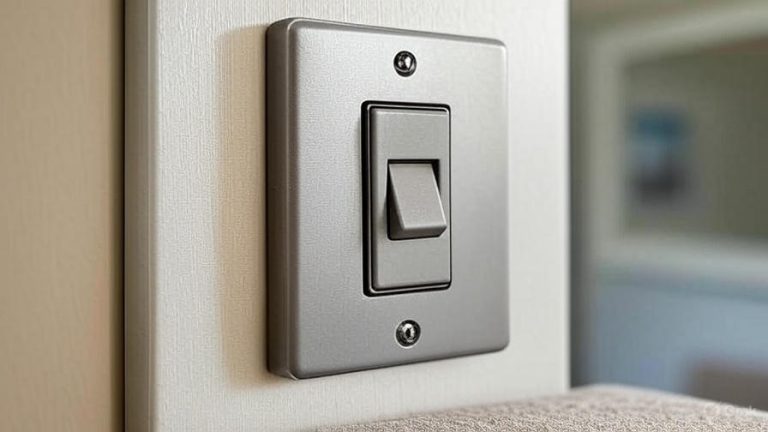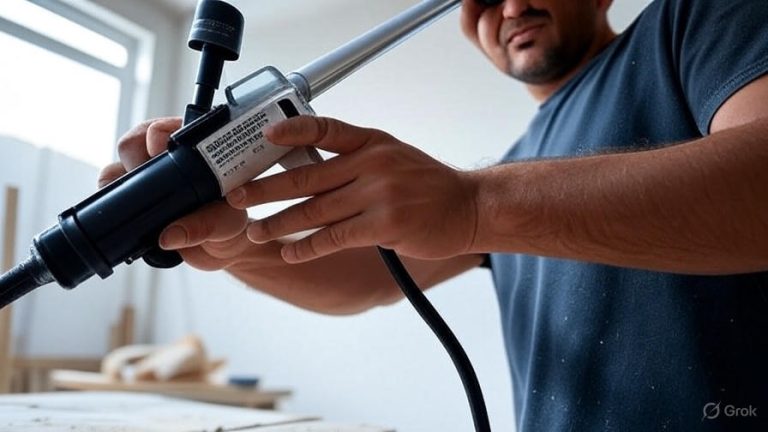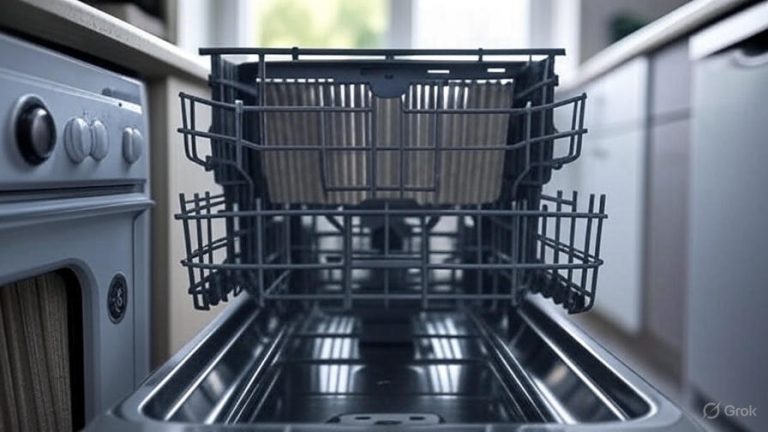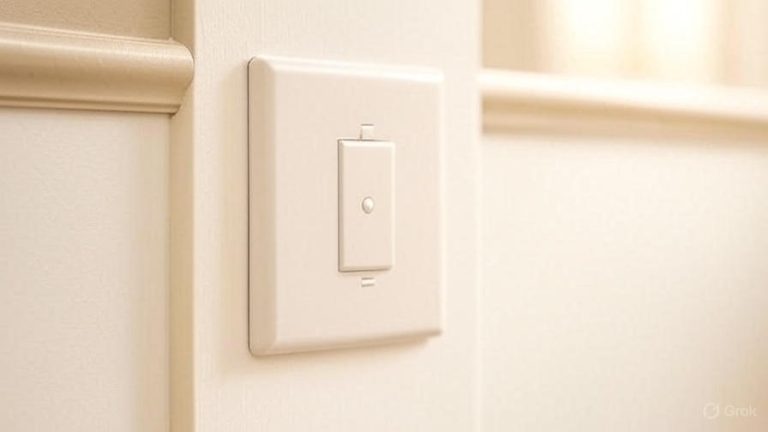1.75 vs 2.5 GPM Shower Head
Water conservation has become a priority for millions of homeowners across America. The debate between 1.75 vs 2.5 gpm shower heads continues to influence bathroom renovation decisions nationwide. This comprehensive analysis will help you determine which flow rate delivers the perfect balance of water pressure, efficiency, and cost savings for your specific needs.
What Does GPM Mean for Your Daily Shower Experience?
GPM stands for gallons per minute, representing the volume of water your shower head releases during operation. Federal regulations currently cap residential shower heads at 2.5 GPM, while water-conscious manufacturers have developed ultra-efficient 1.75 GPM models. The difference may seem minimal, but this 0.75-gallon variation creates significant impacts on your utility bills and environmental footprint.
Traditional shower heads operated at much higher flow rates before government intervention. Today’s market offers consumers two primary options: the federally mandated maximum of 2.5 GPM or the water-saving alternative of 1.75 GPM. Each option presents distinct advantages and potential drawbacks that affect your daily routine.
Water Consumption Analysis: Breaking Down the Numbers
A typical American family takes approximately 300 showers per year per household member. With a 2.5 GPM shower head, a standard 8-minute shower consumes 20 gallons of water. The same shower duration with a 1.75 GPM head uses only 14 gallons – a 6-gallon reduction per session.
Annual water savings become substantial when multiplied across family members and shower frequency. A family of four using 1.75 GPM shower heads saves approximately 7,200 gallons annually compared to 2.5 GPM alternatives. This conservation translates to measurable reductions in both water and energy bills.
The energy savings component often surprises homeowners. Hot water heating represents 15-25% of most home energy bills. Reducing hot water consumption by 30% through low-flow shower heads creates corresponding energy savings that compound monthly utility cost reductions.
Water Pressure Performance Comparison
Water pressure concerns top the list of homeowner hesitations about low-flow shower heads. Modern 1.75 GPM models employ advanced engineering techniques to maintain satisfying pressure despite reduced flow volume. Air infusion technology, precision nozzle design, and optimized spray patterns help compensate for lower water volume.
However, water pressure satisfaction remains highly subjective. Users accustomed to high-flow experiences may initially notice the difference when switching to 1.75 GPM models. The adjustment period typically lasts one to two weeks as users adapt to the new flow characteristics.
2.5 GPM shower heads naturally provide more forceful water pressure due to higher volume output. This increased pressure benefits individuals who prefer intense water flow for muscle relaxation or thorough rinsing. The higher flow rate also reduces shower time for some users, though this advantage may offset water conservation goals.
Cost Analysis: Initial Investment vs Long-Term Savings
Premium 1.75 GPM shower heads often carry higher upfront costs compared to standard 2.5 GPM models. Quality low-flow units range from $50 to $200, while basic 2.5 GPM alternatives start around $15 to $30. This price difference reflects the advanced engineering required to maintain performance at reduced flow rates.
Long-term savings calculations favor 1.75 GPM models despite higher initial costs. Annual water bill reductions of $50 to $150 per household are common, depending on local utility rates and usage patterns. Energy savings add another $30 to $100 annually, creating total yearly savings that recover the initial investment within 12 to 24 months.
Regional variations in utility costs significantly impact savings calculations. Areas with expensive water and energy services see faster payback periods for low-flow shower heads. Conversely, regions with low utility costs may require longer periods to recoup the initial investment difference.
Environmental Impact and Sustainability Benefits
Environmental considerations increasingly influence consumer purchasing decisions. 1.75 GPM shower heads reduce residential water consumption, decreasing stress on municipal water systems and natural watersheds. This conservation becomes critical in drought-prone regions where water restrictions frequently limit household usage.
Carbon footprint reductions represent another environmental benefit. Lower hot water consumption reduces energy demand, decreasing greenhouse gas emissions associated with water heating. Natural gas and electric water heaters both benefit from reduced operational requirements when households adopt low-flow fixtures.
Municipal infrastructure benefits from widespread low-flow adoption. Reduced water demand delays expensive system expansions and decreases wastewater treatment requirements. These community-wide benefits justify rebate programs offered by many water utilities to encourage low-flow fixture installation.
Performance Features and Technology Differences
Modern shower head technology varies significantly between flow rate categories. 1.75 GPM models incorporate sophisticated features to maximize user satisfaction within conservation constraints. Multi-function spray patterns, adjustable flow settings, and precision-engineered nozzles characterize premium low-flow designs.
Air injection systems represent the most common technology in efficient shower heads. These systems mix air with water streams, creating voluminous spray patterns that feel substantial despite reduced water volume. The resulting shower experience often surprises users expecting diminished performance from low-flow models.
2.5 GPM shower heads rely primarily on water volume for performance impact. While some models include advanced features, the higher flow rate reduces engineering complexity required to achieve satisfying pressure. This simplicity often translates to lower manufacturing costs and retail prices.
Installation Considerations and Compatibility
Both 1.75 and 2.5 GPM shower heads use standard plumbing connections, ensuring compatibility with existing bathroom fixtures. Installation typically requires no special tools beyond basic household implements. Thread compatibility remains universal across manufacturers, simplifying replacement procedures.
Water heater capacity becomes relevant when evaluating flow rate options. Homes with undersized water heaters may benefit from 1.75 GPM models that extend hot water availability. Conversely, oversized water heating systems may perform optimally with higher flow rates that utilize available capacity.
Plumbing system age and condition affect performance expectations for both flow rates. Older homes with corroded pipes or mineral buildup may experience reduced pressure regardless of shower head specifications. These conditions may favor higher flow rate models that compensate for system inefficiencies.
User Experience and Satisfaction Factors
Shower satisfaction depends on multiple factors beyond simple flow rate numbers. Spray pattern design, nozzle placement, and adjustment mechanisms significantly influence user experience. Quality 1.75 GPM models often outperform cheap 2.5 GPM alternatives in overall satisfaction metrics.
Temperature consistency varies between flow rate options depending on water heater characteristics. Lower flow rates may provide more stable temperatures in homes with properly sized heating systems. Higher flow rates can overwhelm undersized heaters, creating temperature fluctuations during extended use.
Rinsing efficiency represents a practical consideration for many users. Hair washing and soap removal may require additional time with lower flow rates, potentially offsetting some conservation benefits. However, improved spray pattern design in modern low-flow models helps maintain rinsing effectiveness.
Regional Regulations and Incentive Programs
State and local regulations increasingly favor water conservation through mandatory low-flow requirements. California, for example, has implemented 1.8 GPM maximums for new construction and major renovations. Other drought-affected states are considering similar restrictions.
Utility rebate programs provide financial incentives for voluntary low-flow adoption. Cash rebates of $10 to $50 per shower head are common, effectively reducing or eliminating the cost premium associated with efficient models. Some programs include free installation services for qualifying customers.
Building codes increasingly reference water efficiency standards in new construction requirements. LEED certification and other green building programs award points for low-flow fixture selection, influencing commercial and residential development decisions.
Maintenance and Longevity Considerations
Maintenance requirements differ minimally between flow rate categories, though mineral buildup affects low-flow models more significantly. Smaller nozzle openings in efficient shower heads clog more easily in hard water areas. Regular cleaning with vinegar solutions helps maintain optimal performance.
Replacement part availability varies by manufacturer rather than flow rate. Quality brands provide long-term support for both 1.75 and 2.5 GPM models. Generic or discount brands may offer limited replacement options regardless of flow specifications.
Warranty coverage typically correlates with price point and brand reputation rather than flow rate. Premium manufacturers offer comprehensive warranties for both efficient and standard models. Extended warranties may justify higher initial costs for frequently used shower heads.
Making the Right Decision for Your Home
The choice between 1.75 vs 2.5 gpm shower heads depends on balancing personal preferences with practical considerations. Households prioritizing water conservation and utility cost reduction benefit most from low-flow models. Families preferring maximum water pressure may favor standard flow rate options.
Budget considerations influence decision-making beyond simple purchase price comparisons. Long-term utility savings from efficient models often justify higher upfront costs. However, households with limited renovation budgets may prefer immediate savings from standard flow rate alternatives.
Future-proofing represents another decision factor as regulations trend toward increased efficiency requirements. Installing 1.75 GPM models today may avoid future mandatory upgrades while capturing immediate savings benefits.
Conclusion: Finding Your Perfect Flow Rate
The debate between 1.75 vs 2.5 gpm shower heads ultimately centers on balancing performance expectations with conservation goals. Modern engineering has largely eliminated the performance compromises once associated with low-flow fixtures. Quality 1.75 GPM models deliver satisfying shower experiences while providing substantial water and energy savings.
Homeowners committed to environmental responsibility and utility cost reduction will find 1.75 GPM shower heads deliver exceptional long-term value. The initial investment premium pays for itself through reduced operating costs while contributing to broader conservation efforts.
For households prioritizing maximum water pressure and immediate cost savings, 2.5 GPM models remain viable options. These standard flow rate units provide familiar performance characteristics at lower initial costs.
The optimal choice depends on weighing personal priorities, regional utility costs, and long-term financial goals. Both options offer reliable performance when purchased from reputable manufacturers. The key lies in selecting models that align with your household’s specific needs and values.

